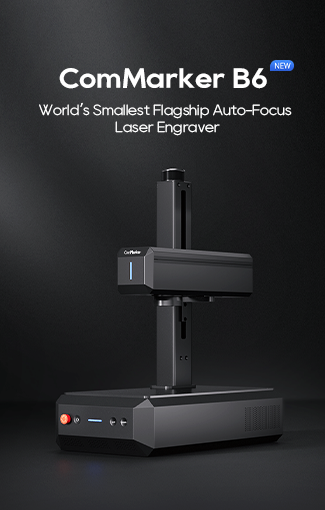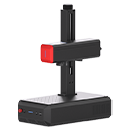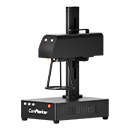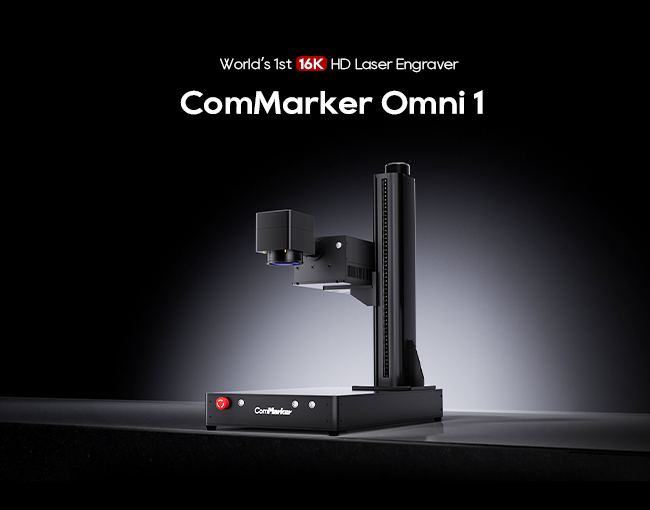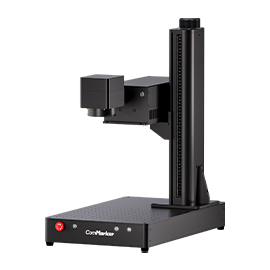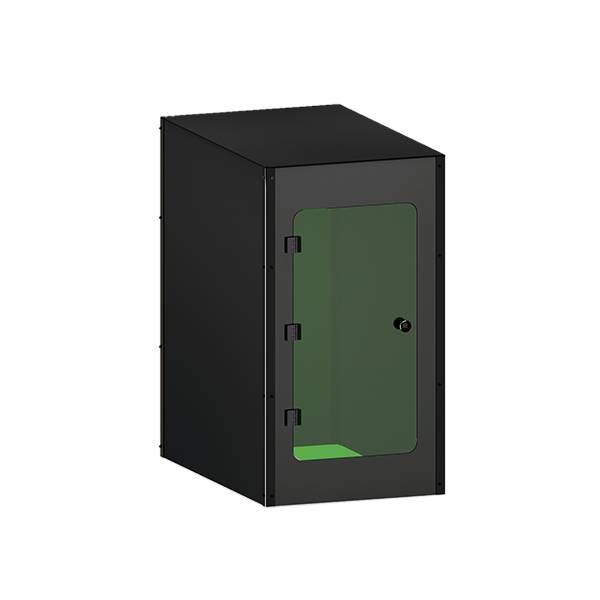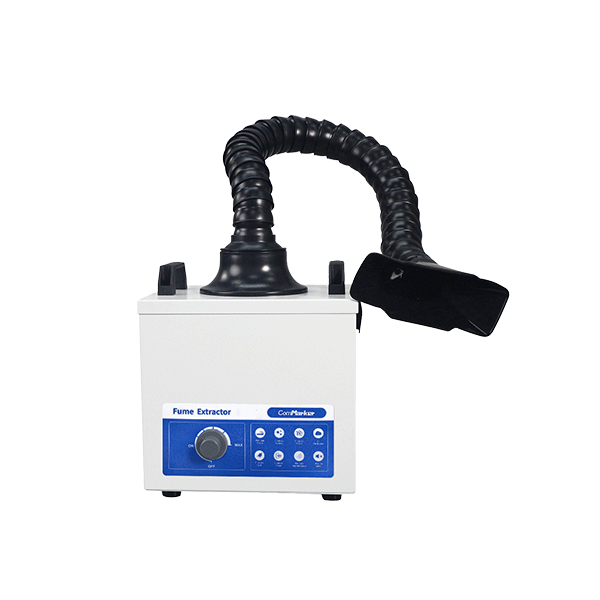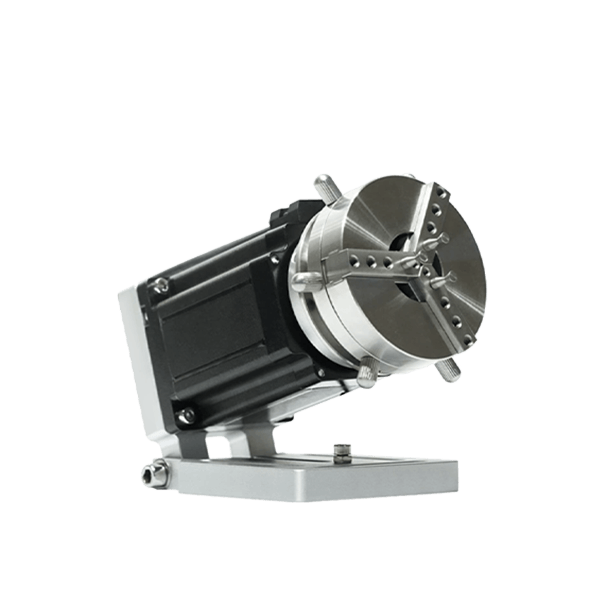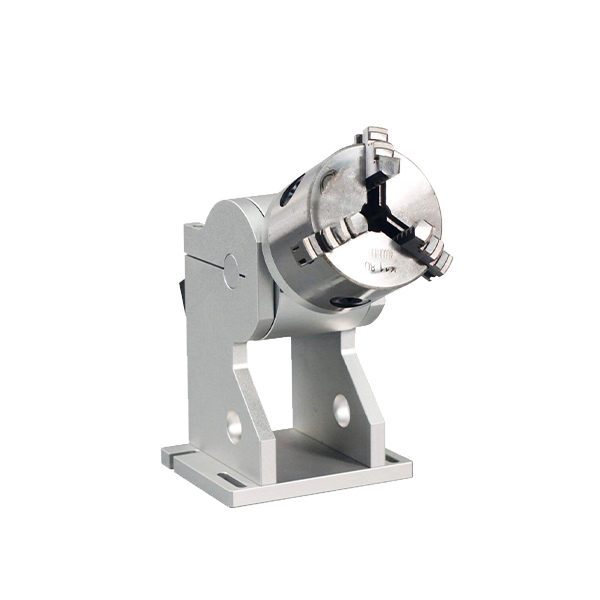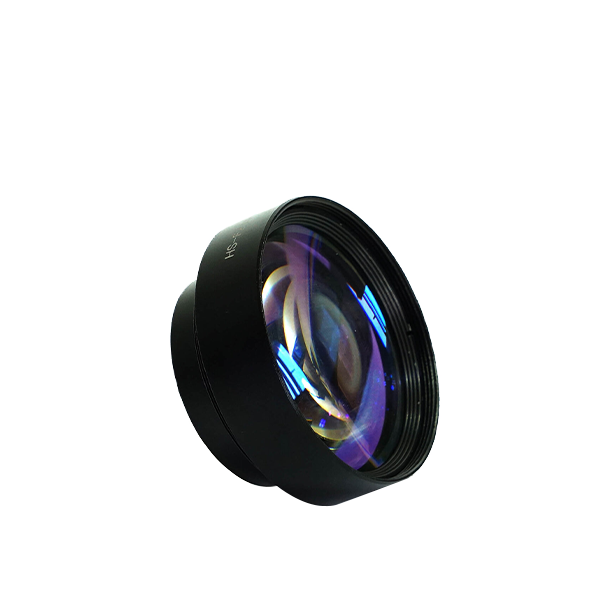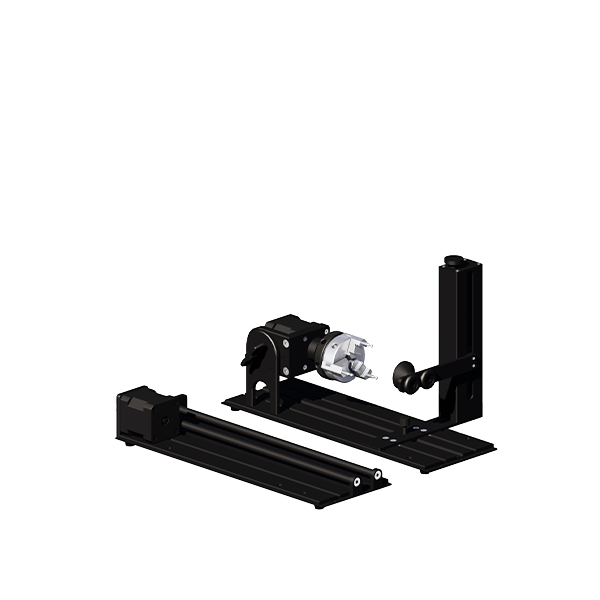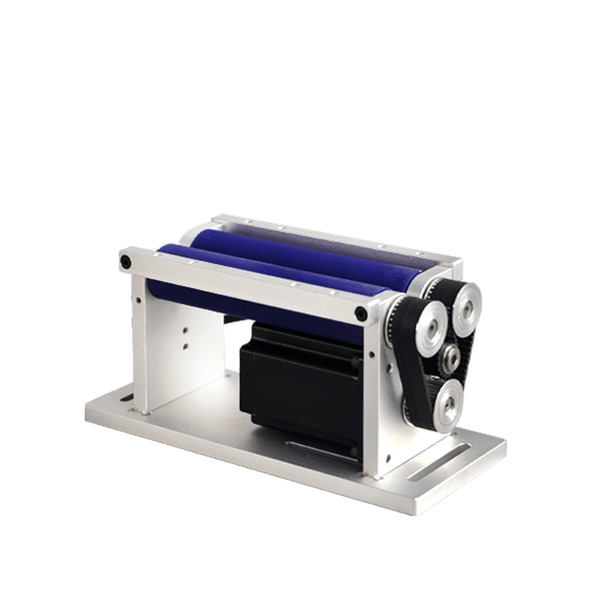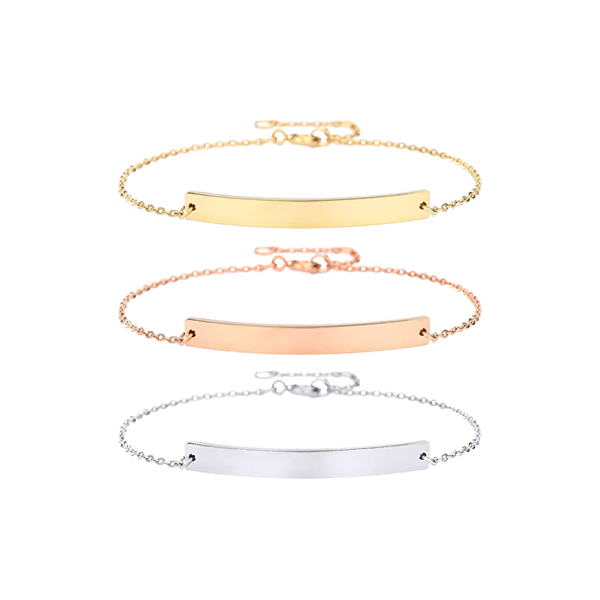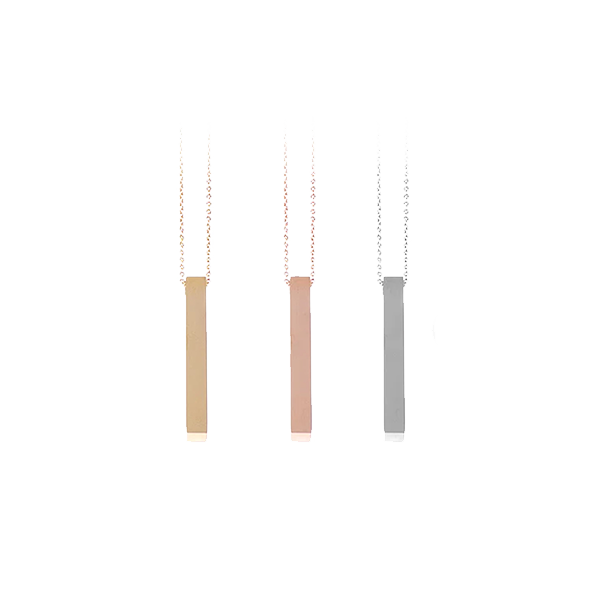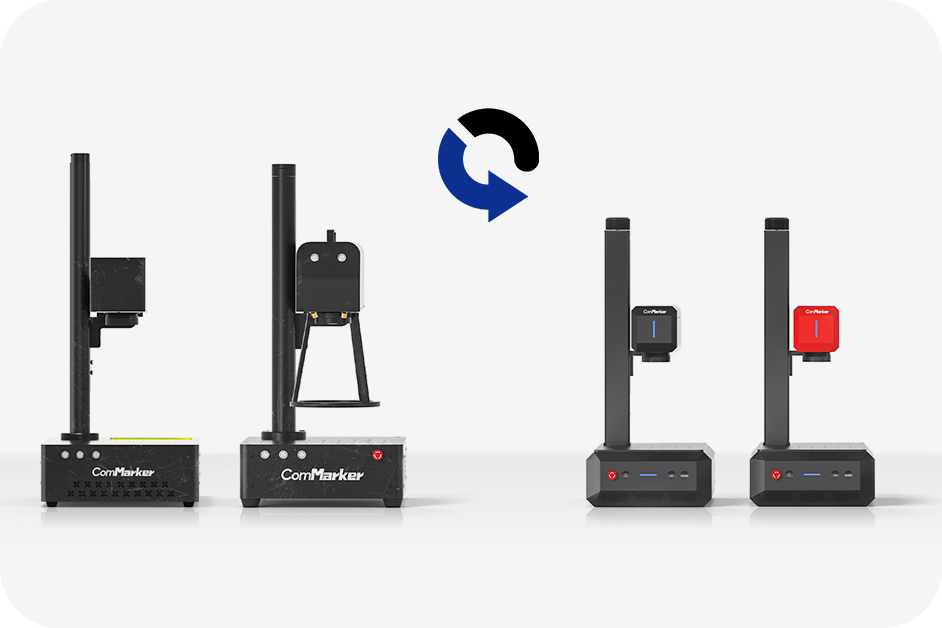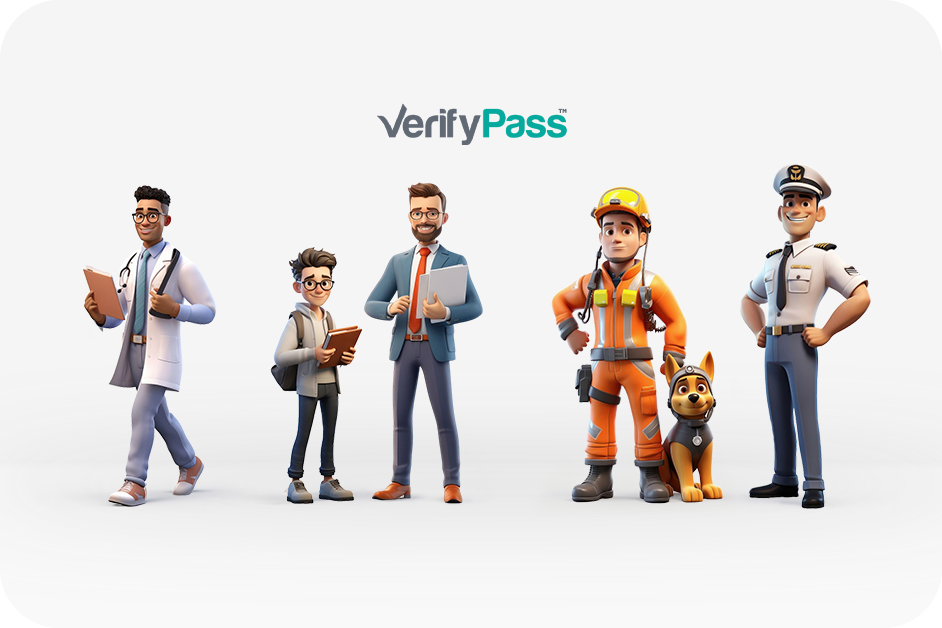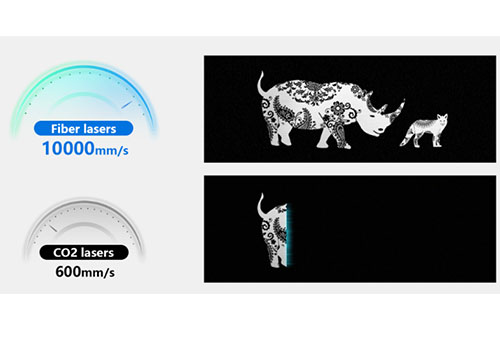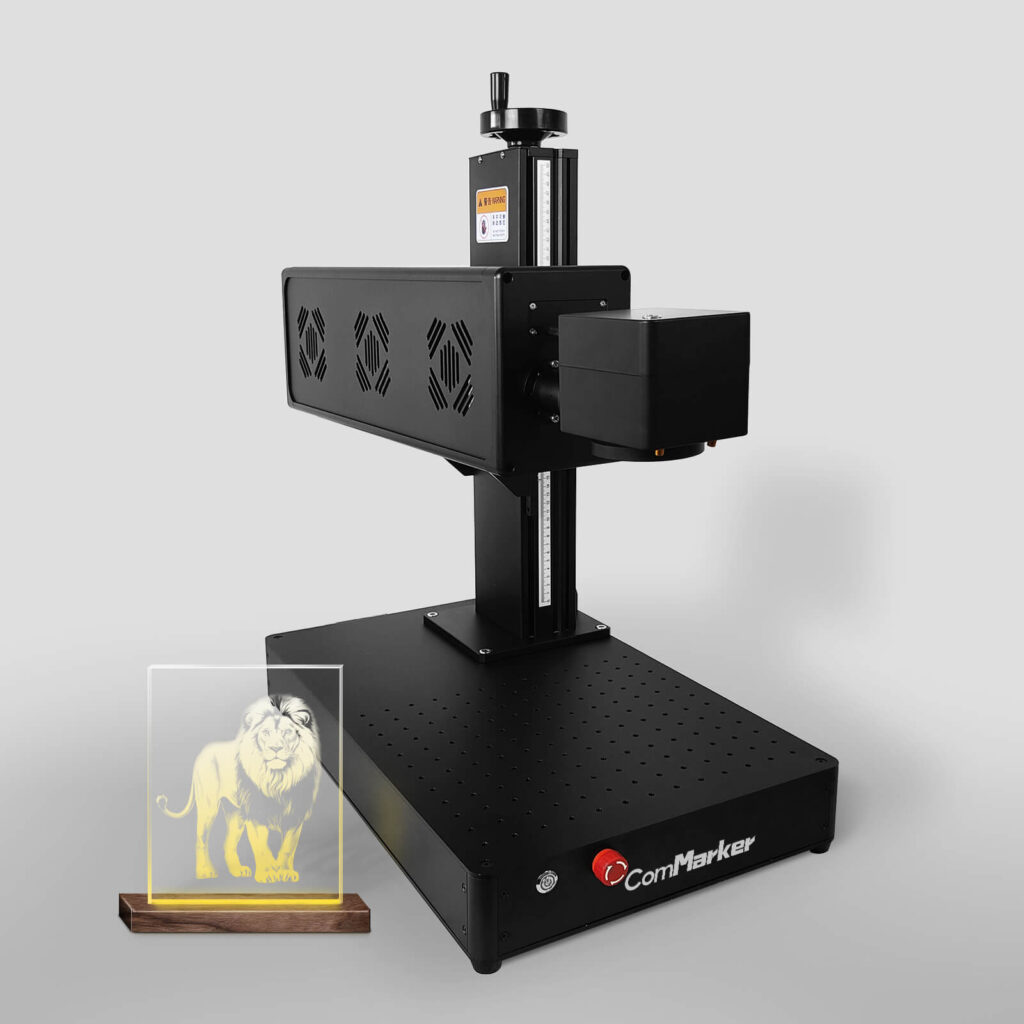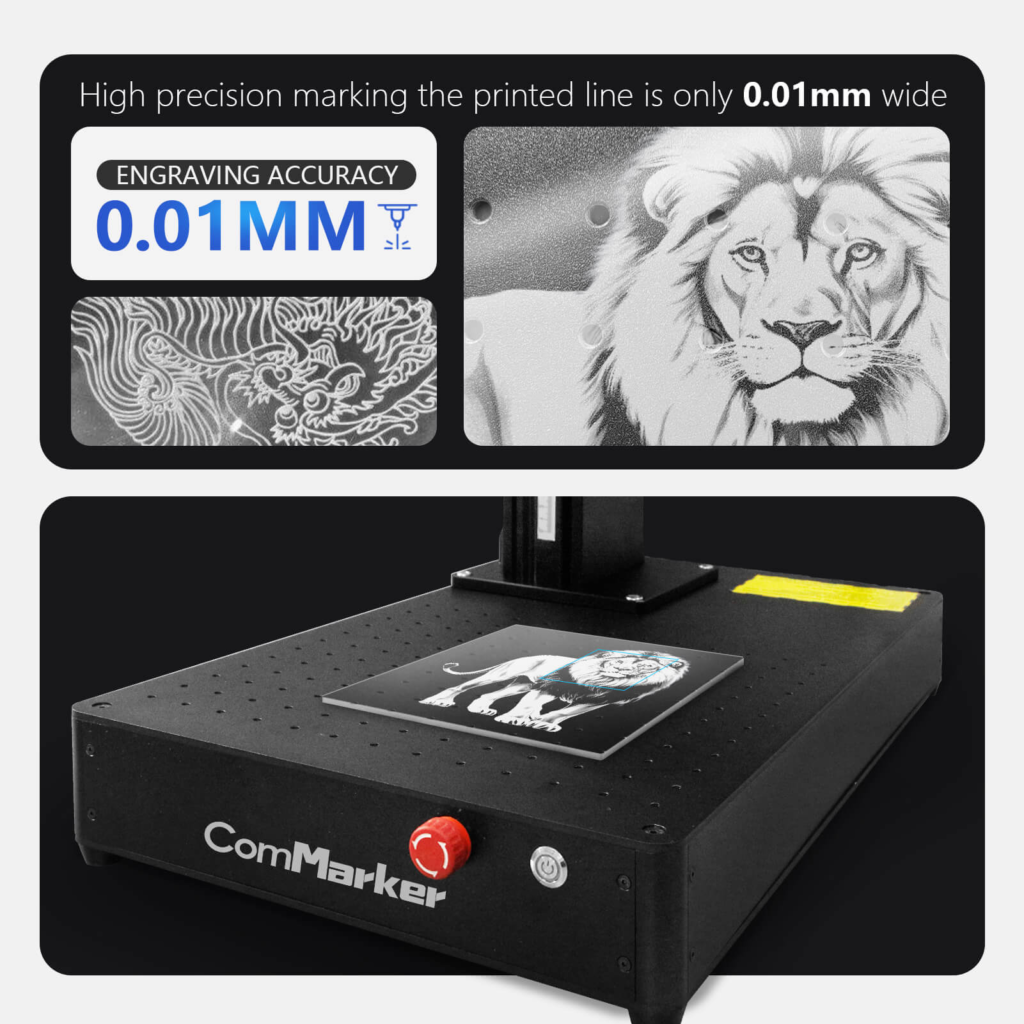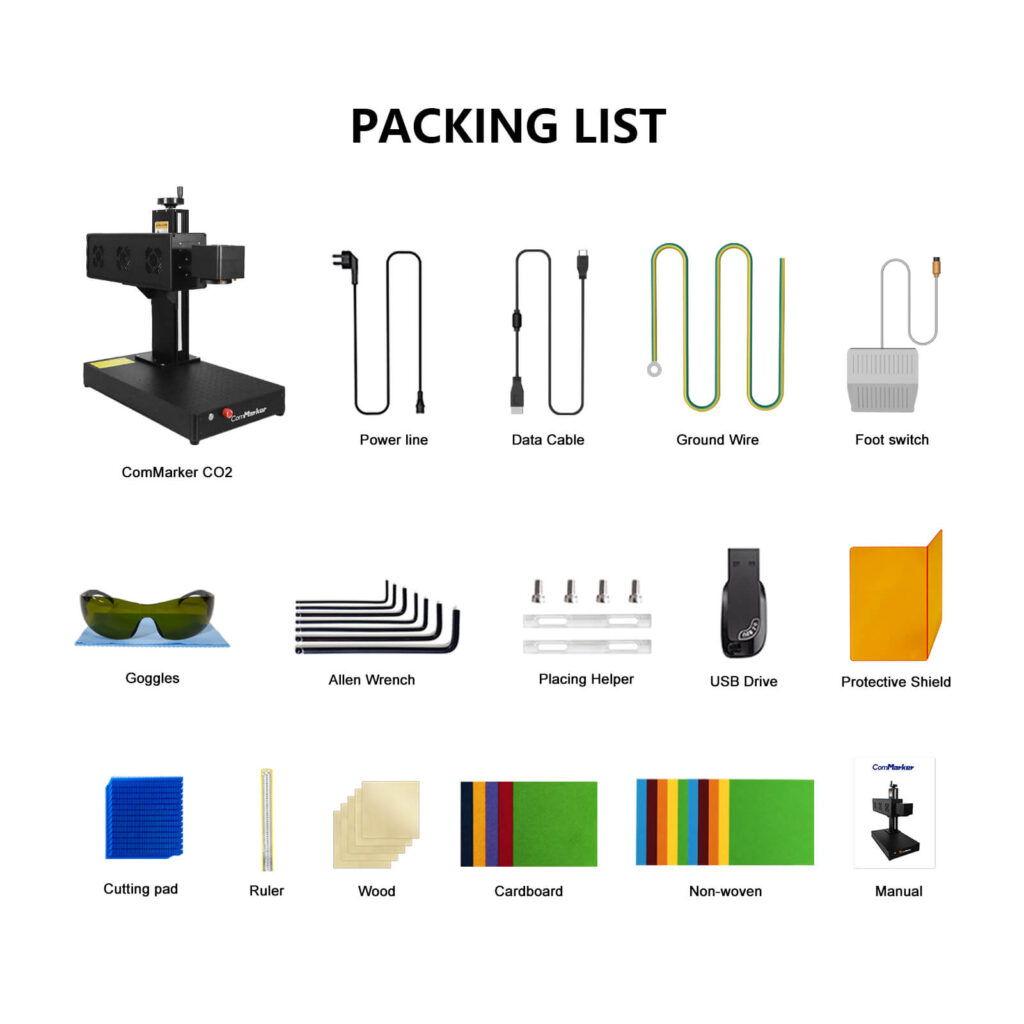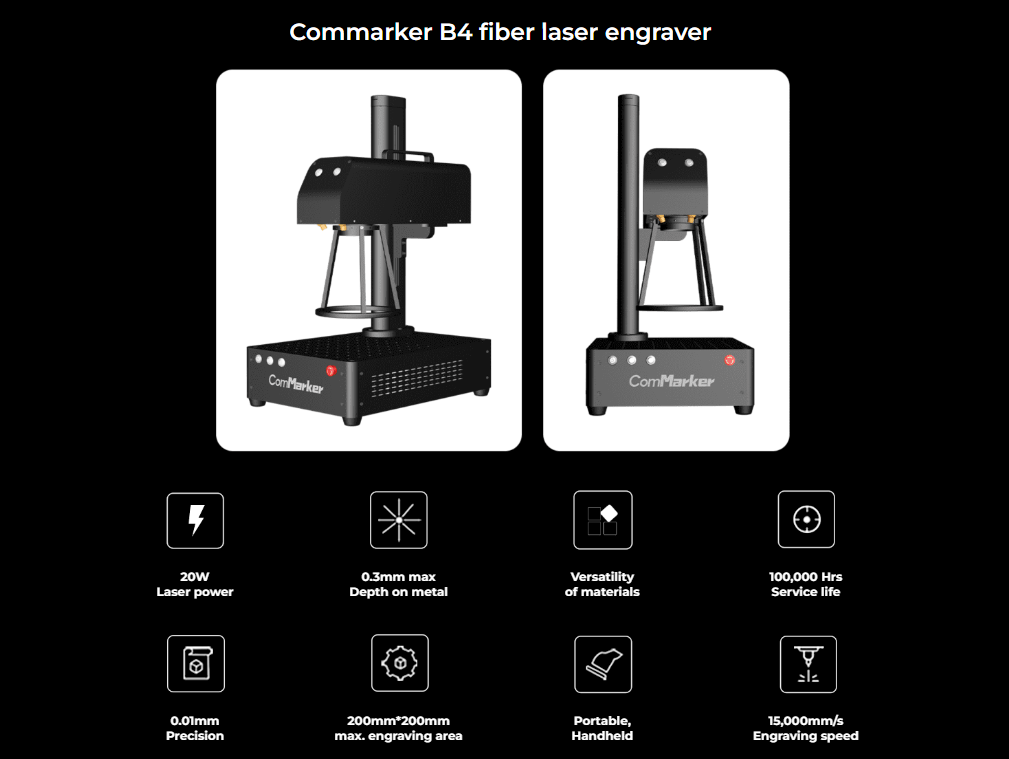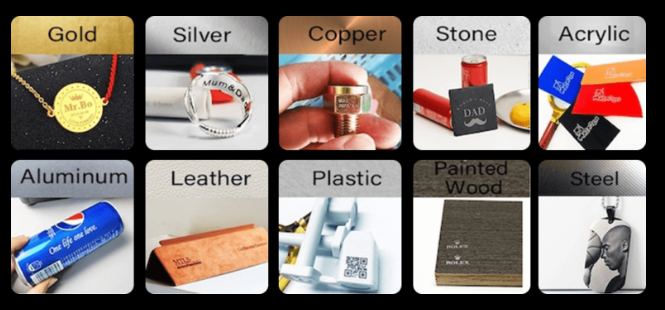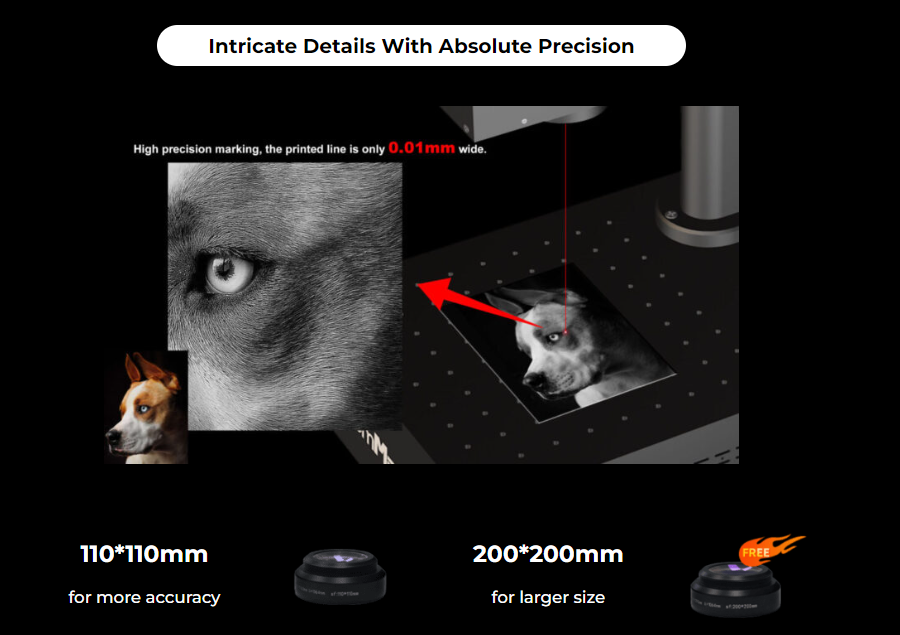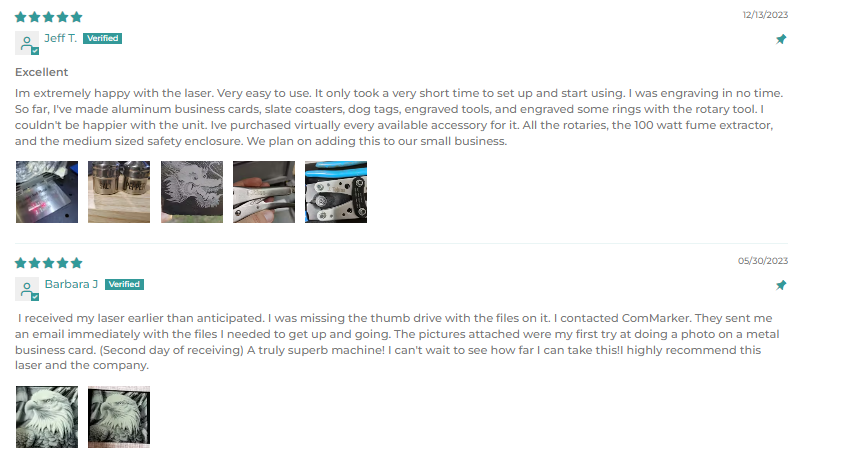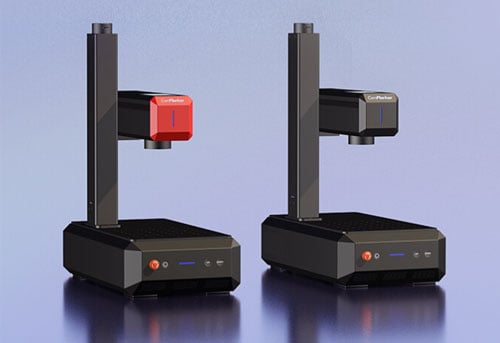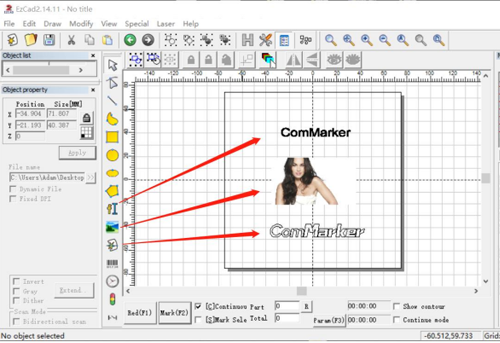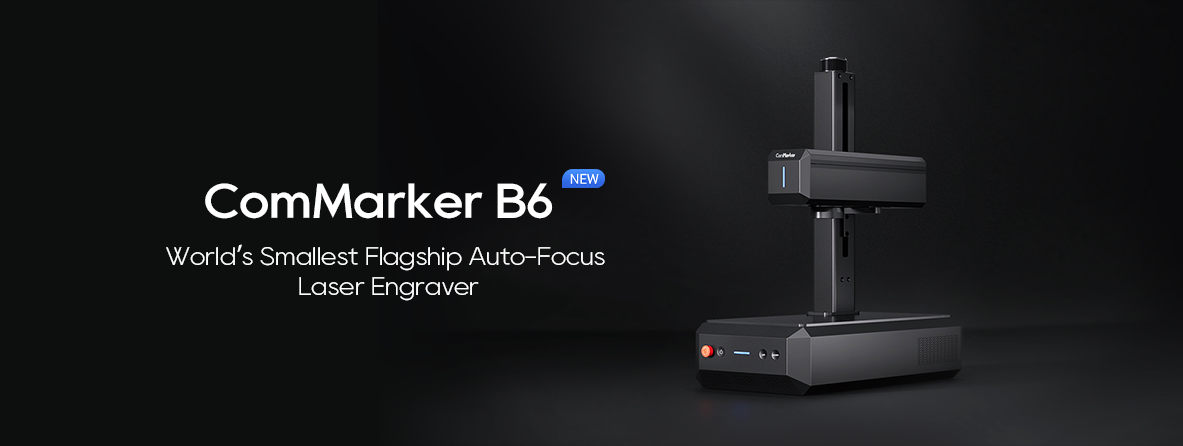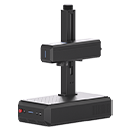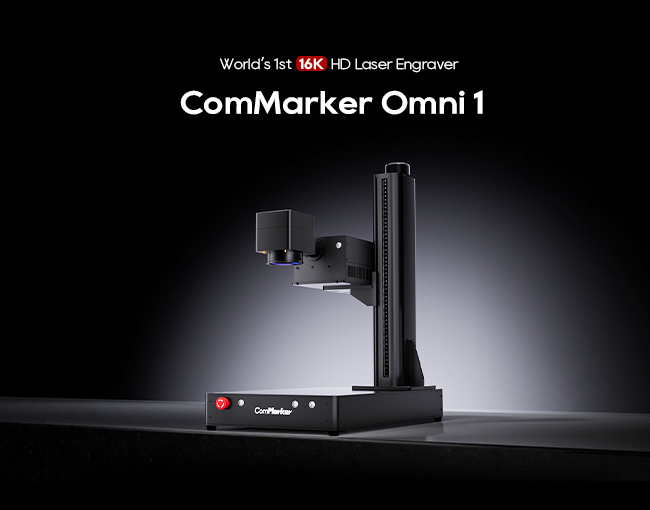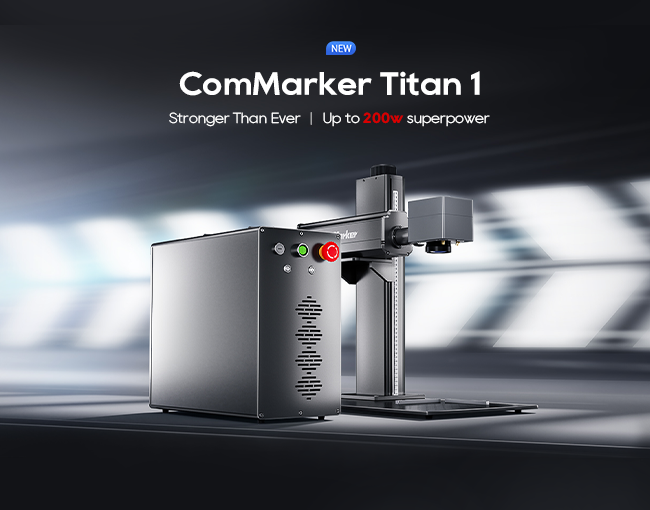Begge maskinene kan gravere eller merke et bredt spekter av materialer, derimot, fiber lasergraver are designed to work with metal, leather and plastic whereas CO2 lasers are compatible with a wider range of materials (Not ideal for plastics).
I denne omfattende veiledningen, we’ll delve deep into the distinctions between these two technologies, focusing on their uses, benefits, and the specific capabilities of the CommMarker fiber laser engraver.
Understanding Laser Engraving Technology
Laser engraving is a versatile process used to etch designs, tekst, or images onto various materials. The technology employs a focused laser beam to remove material, creating precise and intricate patterns. The two main types of laser engravers are CO2 and fiber lasers, each utilizing different methods to generate and manipulate the laser beam.
CO2 lasergravere
How They Work
CO2 laser engravers use a gas mixture primarily composed of carbon dioxide, which is excited by electrical energy to produce a high-intensity laser beam. This beam is then directed through a series of mirrors and a focusing lens to the material surface. The wavelength of CO2 lasers is around 10,600 nanometer, which is effective for cutting and engraving a wide range of non-metal materials.
Applications and Materials
CO2 lasers are highly versatile and can work with various materials, inkludert:
Tre: CO2 lasers can engrave and cut wood with great precision, making them ideal for woodworking projects, personlige gaver, og skilting.
Akryl: Clear and colored acrylics can be engraved and cut with smooth edges, perfect for display cases, priser, and artistic designs.
Lær: Both natural and synthetic leathers can be engraved for fashion accessories, custom patches, and detailed artwork.
Glass: While direct engraving on glass can be challenging, CO2 lasers can etch patterns with a frosting effect, often used for decorative items and glassware.
Paper and Cardstock: Ideal for creating intricate patterns for invitations, greeting cards, and paper art.
Gummi: Used for making custom stamps and gaskets.
Stoff: CO2 lasers can cut and engrave various textiles for fashion, upholstery, and craft projects.
Fordeler
Allsidighet: CO2 lasers can engrave and cut a wide range of non-metal materials, making them suitable for diverse applications.
Affordability: Generally more cost-effective than fiber lasers, CO2 engravers are accessible to small businesses, hobbyister, and educational institutions.
Larger Workbed Options: CO2 lasers often come with larger workbed sizes, allowing for the processing of bigger pieces of material.
Ulemper
Vedlikehold: Requires regular maintenance, including mirror alignment, bed leveling, and cooling system upkeep.
Setup Complexity: Involves a more complex setup process, including venting exhaust and aligning optical components.
Limited Metal Engraving: While CO2 lasers can mark coated metals, they are ineffective for engraving bare metals without special marking agents.
Fiberlasergravere
How They Work
Fiberlasergravere, like the CommMarker, generate laser beams through a fiber optic cable doped with rare elements such as ytterbium. This method produces a laser beam with a wavelength of approximately 1,064 nanometer, which is highly absorbed by metals and other hard materials. The beam is directed through a galvanometric system (galvo) with fast-moving mirrors that accurately position the laser on the material surface.
Applications and Materials
Fiber lasers are particularly effective for metal engraving but can also work with other hard materials. Common applications include:
Metaller: Fiber lasers can engrave a wide range of metals, inkludert aluminium, messing, rustfritt stål, gull, sølv, titan, og mer.
Hard Plastics: Certain hard plastics can be engraved with fiber lasers, often used for industrial components and identification tags.
Stein: Materials like granite, marmor, and brick can be engraved for memorials, architectural details, og dekorative gjenstander.
Jewelry: Precision engraving on rings, armbånd, and other jewelry pieces.
Fordeler
Høy presisjon: Fiberlasere, such as the CommMarker, offer unparalleled precision and detail, making them ideal for intricate designs and small text.
Lavt vedlikehold: Fiber lasers require minimal maintenance compared to CO2 lasers, with no need for mirror alignment or cooling systems.
Hastighet: The galvo system in fiber lasers allows for rapid engraving speeds, increasing productivity.
Varighet: Fiber lasers have a longer operational lifespan and higher energy efficiency.
Metallkompatibilitet: Capable of engraving various metals without the need for additional marking agents.
Ulemper
Koste: Generally more expensive than CO2 lasers, making the initial investment higher.
Material Limitations: Less versatile in terms of the variety of materials they can process, primarily focusing on metals and hard plastics.
Smaller Workbeds: Typically come with smaller workbed sizes, which can limit the size of the pieces you can work on.
CommMarker fiber laser engraver key features
High Precision and Speed: The CommMarker uses advanced galvo technology, ensuring high-speed engraving with precise accuracy. This is crucial for detailed work on jewelry, industrial components, and intricate designs.
Brukervennlig programvare: Initially limited to EZCAD (Windows only), the CommMarker is now compatible with LightBurn, a popular laser software known for its intuitive interface and powerful features.
Minimal Setup and Maintenance: Setting up the CommMarker is straightforward—simply plug it in, turn on the switches, and start engraving. It requires minimal maintenance, with no need for mirror alignment or complex cooling systems.
Versatile Lens Options: The CommMarker offers various F-theta lens sizes, allowing users to choose the appropriate lens for their specific application, whether it’s maximizing power or increasing the marking area.
Sikkerhetsfunksjoner: Includes specialized laser safety glasses to protect users from laser exposure. While the workbed is open, users can create DIY enclosures for additional safety.
CommMarker fiber laser engraver Applications and Use Cases
Jewelry Engraving: De CommMarker fiber laser engraver excels at engraving small, detailed designs on rings, armbånd, and other jewelry items. Its high precision ensures that even the tiniest details are captured accurately.
Industriell markering: Ideal for marking serial numbers, barcodes, and logos on metal components, the CommMarker fiber laser engraver is widely used in the aerospace, bilindustrien, and manufacturing industries.
Custom Gifts: Personalizing metal items such as flasks, nøkkelringer, and tools is made easy with the CommMarker fiber laser engraver’s precise and permanent engraving capabilities.
Medical Devices: Engraving medical instruments and devices with unique identifiers for traceability and compliance with industry standards.
Comparing CO2 and Fiber Lasers: Which One Should You Choose?
1.Consider Your Materials
If you primarily work with non-metal materials such as wood, akryl, lær, and paper, a CO2 laser engraver is likely the better choice. Its versatility and cost-effectiveness make it suitable for a wide range of applications.
If you focus on metal engraving or require high precision for hard materials, a fiber laser engraver like the CommMarker is the superior option. Its ability to engrave metals with high accuracy and speed is unmatched.
2.Consider Your Budget
CO2 lasergravere: Generally more affordable, making them accessible for hobbyists, small businesses, and educational institutions.
Fiberlasergravere: Higher initial investment but offer lower long-term maintenance costs and greater efficiency, making them a wise choice for industrial applications and businesses with specific engraving needs.
3.Consider Your Work Volume and Speed
CO2 lasere: Suitable for lower volume and less time-sensitive projects due to their slower engraving speeds.
Fiberlasere: Ideal for high-volume, time-sensitive projects where speed and precision are crucial. The galvo system in fiber lasers allows for rapid processing without compromising on quality.
4.Consider Maintenance and Ease of Use
CO2 lasere: Require regular maintenance, including mirror alignment and cooling system upkeep. The setup process can be more complex and time-consuming.
Fiberlasere: Low maintenance with minimal setup requirements. The CommMarker fiber laser engraver, for eksempel, is easy to set up and operate, allowing you to focus on your projects rather than upkeep.
Konklusjon: Making the Right Choice
Choosing between a CO2 and fiber laser engraver ultimately depends on your specific needs, budsjett, and the materials you work with. Both types of lasergravere have their unique advantages and applications, making them suitable for different users and industries.




